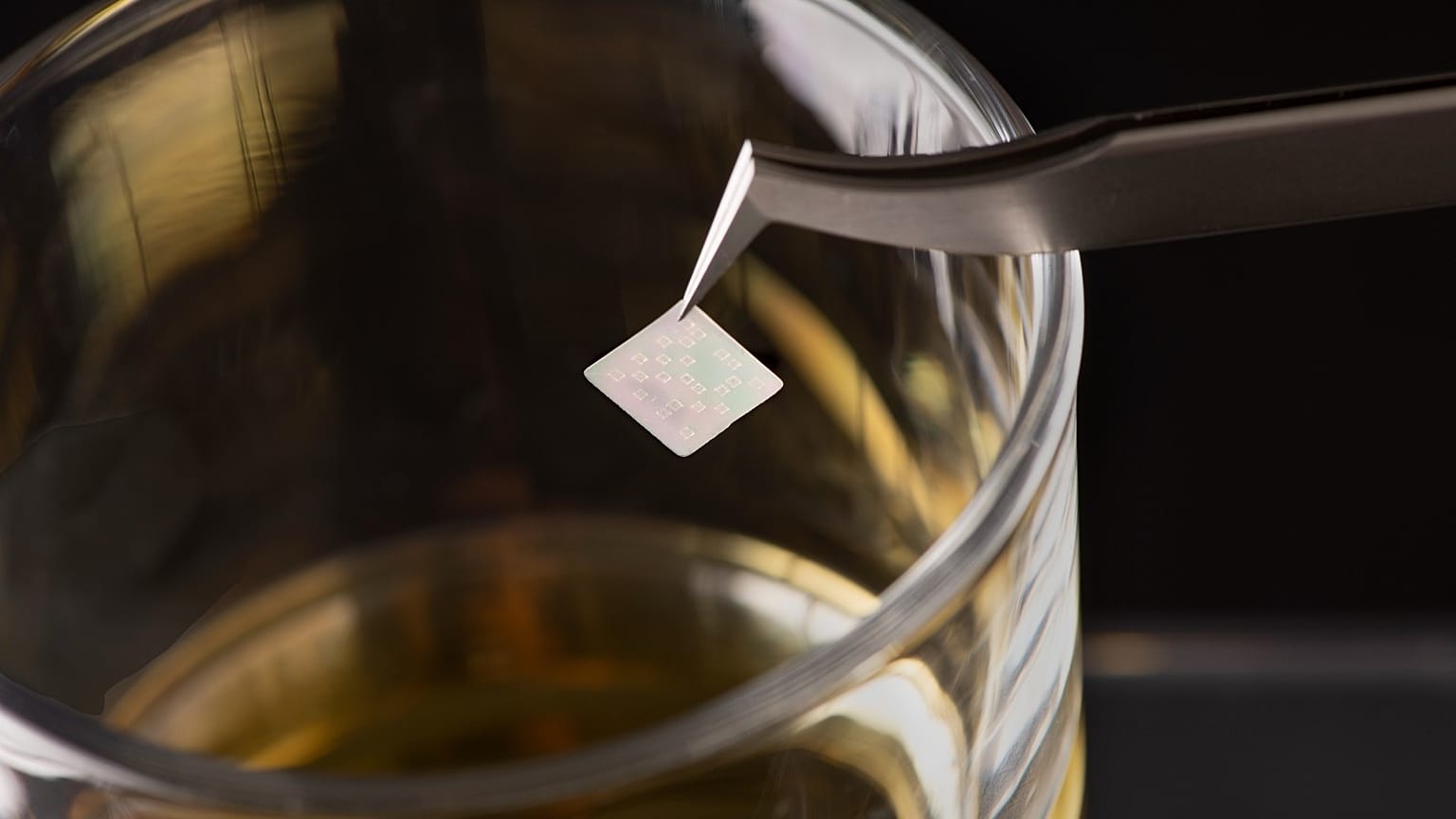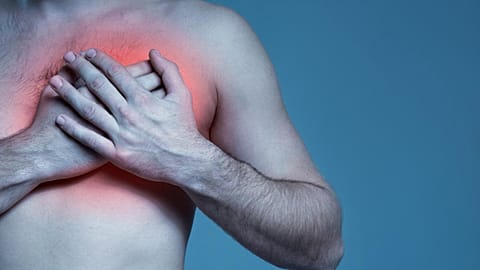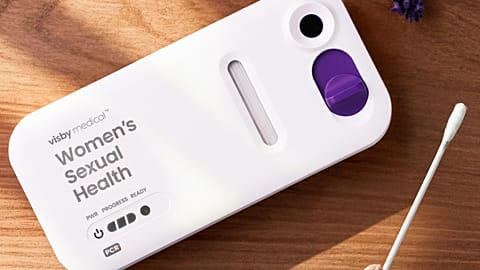This nearly invisible code made with the help of genetically modified silkworms can be scanned by a smartphone to verify if a medicine or alcohol is genuine.
Making sure that the medicine you’re about to take is genuine could soon be just a quick scan of your smartphone away.
Researchers in the United States and South Korea have developed an edible code which they say could play a key role in combating the growing problem of fake medication.
Details of this new technology, which was developed by biomedical engineers from Purdue University and the National Institute of Agricultural Sciences in South Korea, were published in the journal ACS Central Science earlier this year.
Fake and counterfeit medication is a “huge issue”, the study’s principal investigator Dr Young Kim told Euronews Next. Although not a new problem, the issue has been growing amid the pandemic and a boom in online pharmacies, a huge number of which are unlicensed.
Kim, a professor of biomedical engineering at Purdue University, has been working on developing anti-counterfeit solutions for a few years. This latest edible code technology builds on previous work done by him and his team to combat fake pharmaceutical products.
Their code, which is comparable to a QR code, consists of a pattern made by fluorescent silk proteins. Practically invisible to the naked eye, the code can be scanned with a smartphone, bringing up information about a particular medicine.
It can be affixed onto an individual pill, tablet or capsule, or made into little silk tags and placed into a bottle of liquid medicine, letting consumers or other users verify a particular medication’s authenticity.
Current authenticity solutions focus more on the packaging of medications, Kim said. These include printing barcodes or QR codes on packaging, placing RFID tags on them, and the use of anti-tampering devices.
All this is important. But Kim and his team wanted to focus on “on-dose” solutions - authentication at the level of the individual dose.
“That means our security tag or technology is integrated with the individual pill or medicine,” he said, making it harder to copy and reproduce.
Silk from genetically modified silkworms
To make these edible codes, the researchers processed silk proteins from genetically modified silkworms, forming these proteins into a variety of patterns to encode information.
“You can put all the information you want … expiration date, or manufacturer, potential interactions with some other medications,” Kim said. “It’s kind of our general platform to write some information as needed”.
The team processed several types of silk protein, each from silkworms genetically modified to produce silk with a distinct fluorescence emission colour (cyanic, green and red respectively).
These different types of silk protein were then formed into a matrix code - a sort of three-dimensional checkerboard pattern made up of little squares of different silks, encoding specific information.
“We have three different fluorescence colours, so that we can write more information onto the [silk] tag,” said Kim. “Multiple colours means you basically have a better way to encode the information”.
The team chose silk proteins for several reasons, he said. Most importantly, they are “highly biocompatible” - meaning that humans can safely eat and digest them. They can also easily be made into different shapes and patterns.
“It's a very nice, very universal kind of biopolymer we can use,” he said.
Counterfeit medicines on the rise
This sort of technology is increasingly vital, as fake medicines and health products pose a serious issue globally.
The World Health Organization (WHO) has identified the issue of fake medical products as “one of the urgent health challenges for the next decade”, and estimates that more than one in ten medicines in low- and middle-income countries are substandard or falsified.
Up to two billion people around the world lack access to necessary medicines and other health products according to the WHO, creating an opportunity for substandard and fake items to flourish.
The growth of e-commerce also exposes consumers to fake products, as more people buy medicines online.
In Europe, trade in falsified pharmaceuticals is continuing to grow, posing a serious threat to consumers’ health according to EU law enforcement agency Europol.
Its latest intellectual property crime threat assessment, produced with the European Union Intellectual Property Office, detailed how counterfeit goods in general have gotten a boost from the pandemic.
“Counterfeit pharmaceutical products, ranging from a variety of medicines to personal protective equipment or face masks, have been increasingly identified in recent years,” the organisation said.
“Distribution has shifted almost entirely from physical to online markets, raising public health concerns”.
From fake drugs to fake whisky?
Of course, counterfeiting doesn’t just occur in medicines.
In the course of their research to tackle fake medication, Kim and his team found another use for their edible code - tackling counterfeit alcohol.
As part of developing their technology, the researchers wanted to test how well these codes could withstand long exposure to liquids with a high alcohol content, as current anti-counterfeit technologies are relatively limited for liquid medicines, many of which also have a high alcohol content.
They tested the codes out by leaving them in various brands of 80-proof whisky (40 per cent alcohol per volume) over a 10-month period, and found they could still continuously activate them.
“Alcohol spirits are vulnerable to counterfeiting. There are a lot of fake whiskys being sold,” Jungwoo Leem, a postdoctoral research associate at Purdue University who also worked on the project, said in a statement.
Looking to the future, the team envisions entering into potential collaborations with the pharmaceutical or alcohol industry to develop their technology.
“Counterfeit medicine is not new,” said Kim. “As you know, it's been a problem all the time. But [it’s] ever-growing nowadays”.
“So as biomedical engineers we thought: We need to do something”.


















